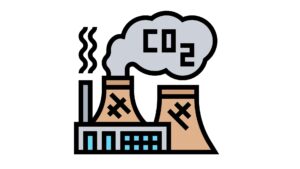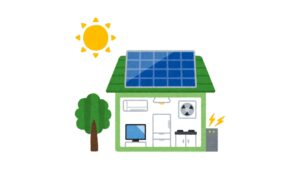
Renewable Energy
Solar rooftop solutions utilize sunlight, which is a renewable and sustainable energy source.

Cost Savings
By generating electricity from sunlight, solar rooftop solutions can reduce or even eliminate electricity bills.

Environmental Benfits
Solar energy is clean and environmentally friendly, producing no greenhouse gas emissions.
SOLUTIONS
Residential
Commercial
Utility
Reduced Greenhouse Gas Emissions

0
kilograms of co2
Average Household Consumption
0
kWh/year
Smart phones charges

0
[sp_easyaccordion id=”2644″]
